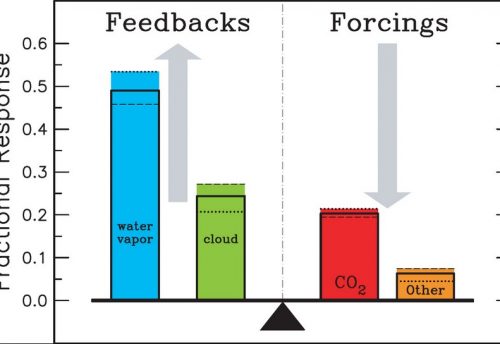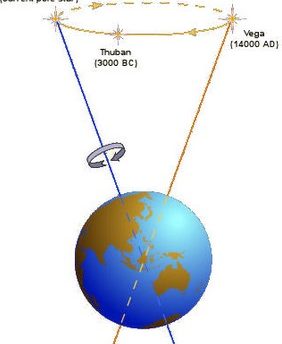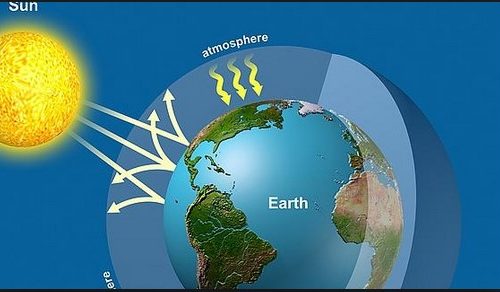
Cloud feedback is the term used to encompass effects of changes in cloud and their associated radiative properties on a change of climate, and has been identified as a major source of uncertainty in climate models (Cubasch & Cess, 1990). This feedback mechanism incorporates both changes in cloud distribution (both horizontal and vertical) and changes in cloud radiative properties (cloud optical depth and cloud droplet distribution) (Wigley, 1989; Charlson et al., 1987); these are not mutually independent. Although clouds contribute to the greenhouse warming of the climate system by absorbing more outgoing infrared radiation (positive feedback), they also produce a cooling through the reflection and reduction in absorption of solar radiation (negative feedback) (Cubasch & Cess, 1990). It is generally assumed that low clouds become more reflective as temperatures increase, thereby introducing a negative feedback, whilst the feedback from high clouds depends upon their height and coverage and could be of either sign (Gates et al., 1992).




Leave a Reply